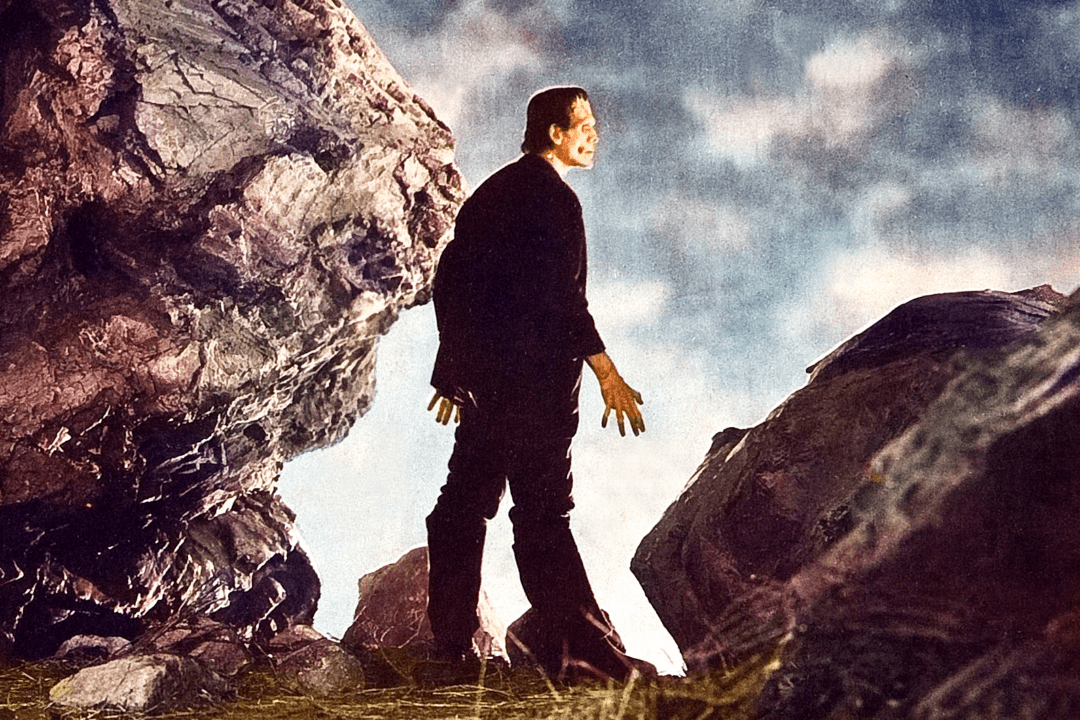Commentary
When you think of “Frankenstein,” does opera come to mind? Mary Shelley’s classic novel about a scientist who tries to create life by unnatural means, but ends up creating a monster, is hardly the most musical horror story. However, Los Angeles Opera chose it as the basis of its Off Grand Halloween performance this year. The premiere, which was performed on Oct. 28 and 29, was not an original opera based on the story of Frankenstein’s monster. Instead, it was a live operatic accompaniment to the 1931 Universal film starring Boris Karloff.





